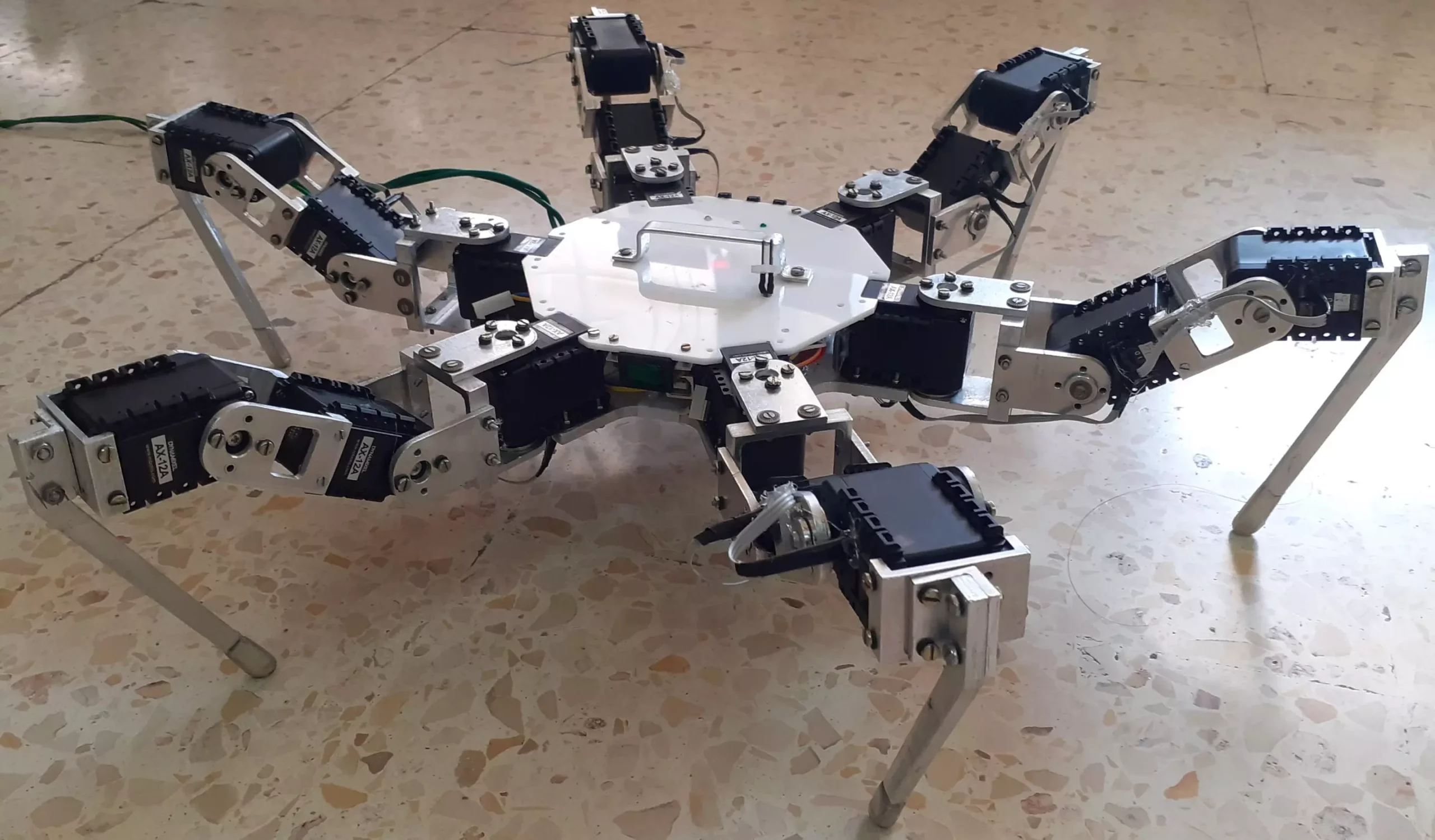Robots that are capable of navigating different terrains quickly and efficiently have the potential to be incredibly beneficial in various scenarios, such as monitoring natural environments or conducting search and rescue missions in challenging conditions. Legged robots, inspired by the body structure of animals, are one of the most common types of robots designed for this purpose. These robots must be able to adapt their movements and gait styles based on the changes in environmental conditions to move swiftly in varying terrains.
Recently, researchers at the Higher Institute for Applied Science and Technology in Damascus, Syria, have developed a new method to facilitate smooth transitions between different gaits of a hexapod robot. This method is based on central pattern generators (CPGs), computational approaches that mimic the neural networks responsible for rhythmic movements in humans and animals. The use of CPGs in controlling the movements of the hexapod robot allows for seamless transitions between different gaits.
The research team designed and simulated a six-legged robot to test their proposed control architecture based on CPGs. Each leg of the hexapod robot is governed by a distinct rhythmic signal derived from CPGs, with phase differences between these signals determining the different gaits. The team also developed a workspace trajectory generator to translate the outputs of the oscillators into effective foot trajectories for the robot, ensuring stability, efficiency, and swiftness in gait changes.
The control architecture developed by the research team enables stable and swift changes in gait, both in simulated environments and in real hexapod robots. The harmonious blend of transition smoothness and speed sets their work apart from previous efforts, with a validated mapping function ensuring the effectiveness of the robot’s foot trajectory during transitions. This advancement in control architecture could revolutionize the adaptability of legged robots to environmental changes while maintaining agility.
The new architecture introduced by the researchers is poised for further experimentation and application in other legged robots to enhance their adaptability in challenging terrains. Future studies will focus on improving the method to address potential malfunctions and enhance performance in demanding environments. The team plans to delve deeper into machine learning to refine their robot’s adaptability, exploring malfunction compensation and integrating pain sensing as feedback mechanisms to further enhance the capabilities of legged robots.


Leave a Reply